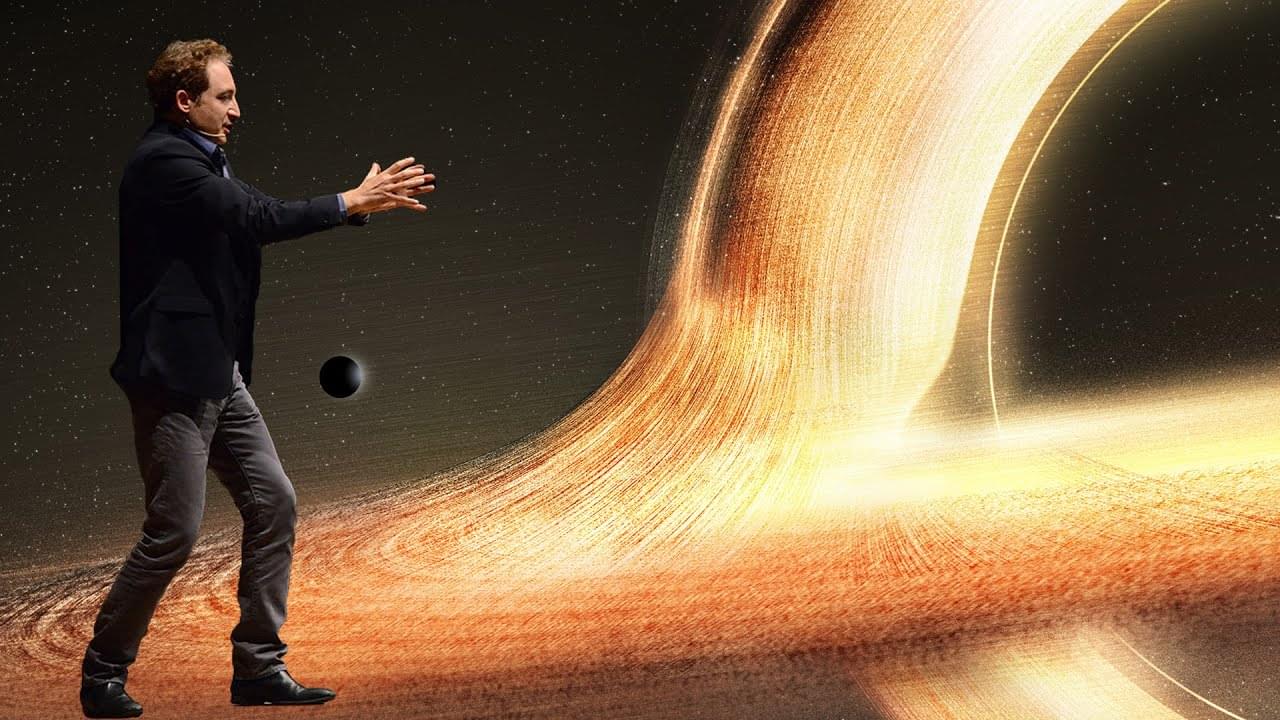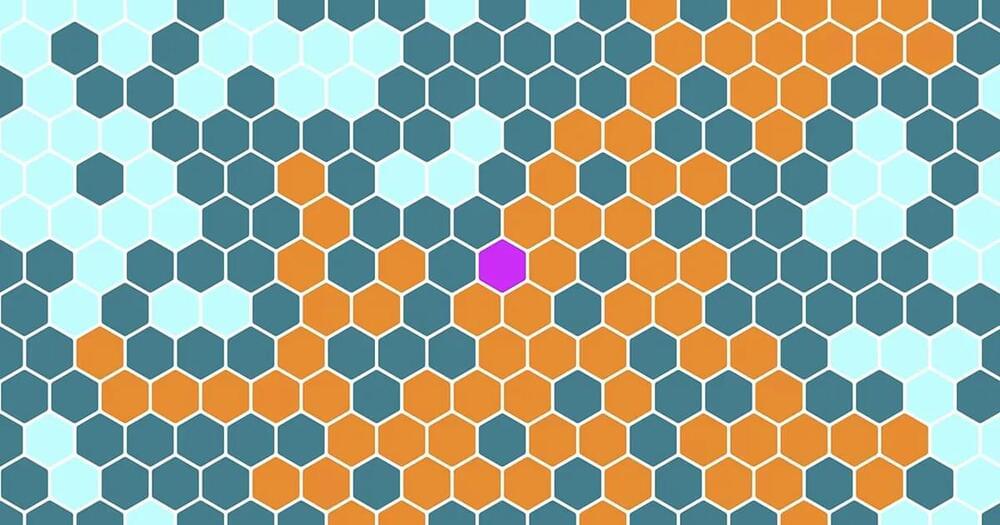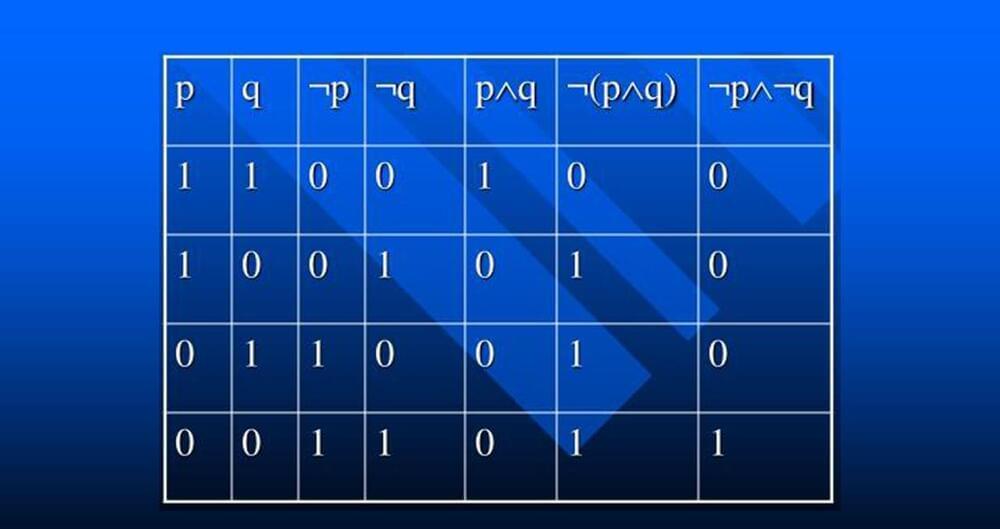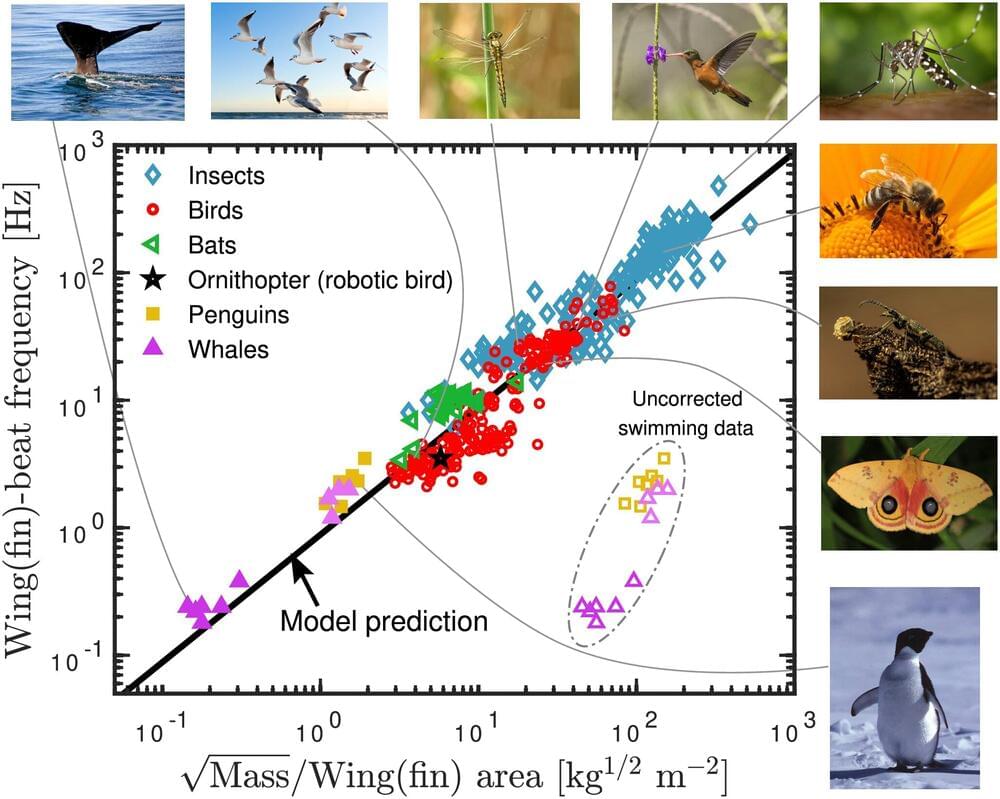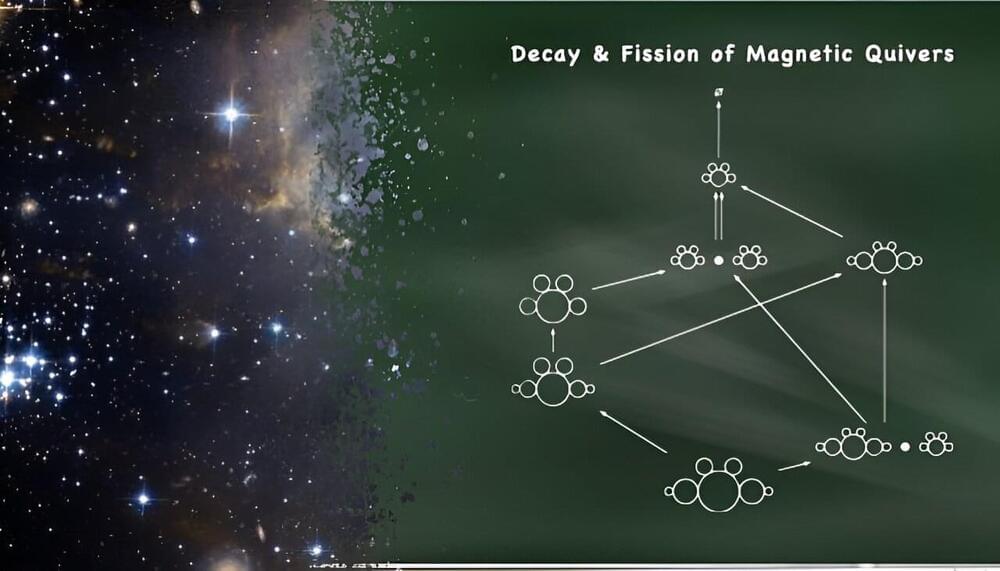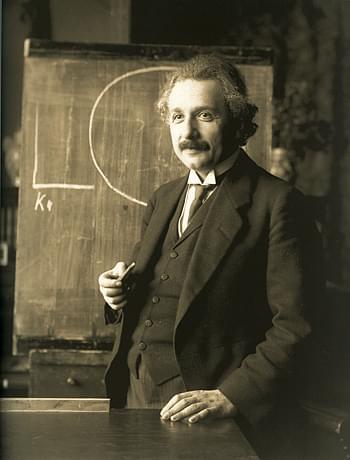Jun 7, 2024
Quantum Pioneers: How Magnetic Quivers Are Rewriting the Rules of Particle Physics
Posted by Paul Battista in categories: mathematics, particle physics, quantum physics
A simple concept of decay and fission of “magnetic quivers” helps to clarify complex quantum physics and mathematical structures.
Researchers employed magnetic quivers to delve into the fundamentals of quantum physics, specifically through the lens of supersymmetric quantum field theories. They have provided a novel interpretation of the Higgs mechanism, illustrating how particles gain mass and the potential decay and fission within QFTs.
Pioneering Quantum Physics Study

